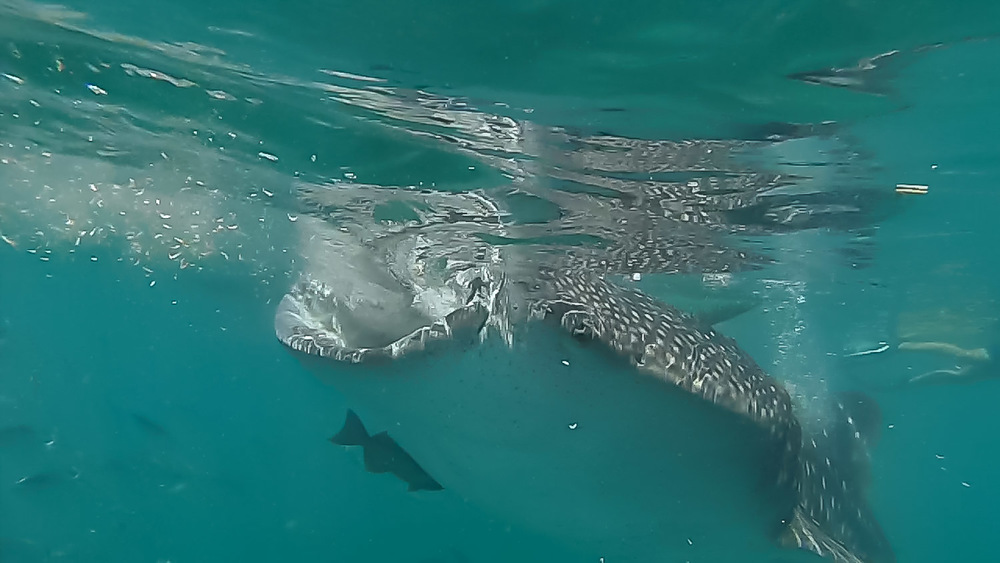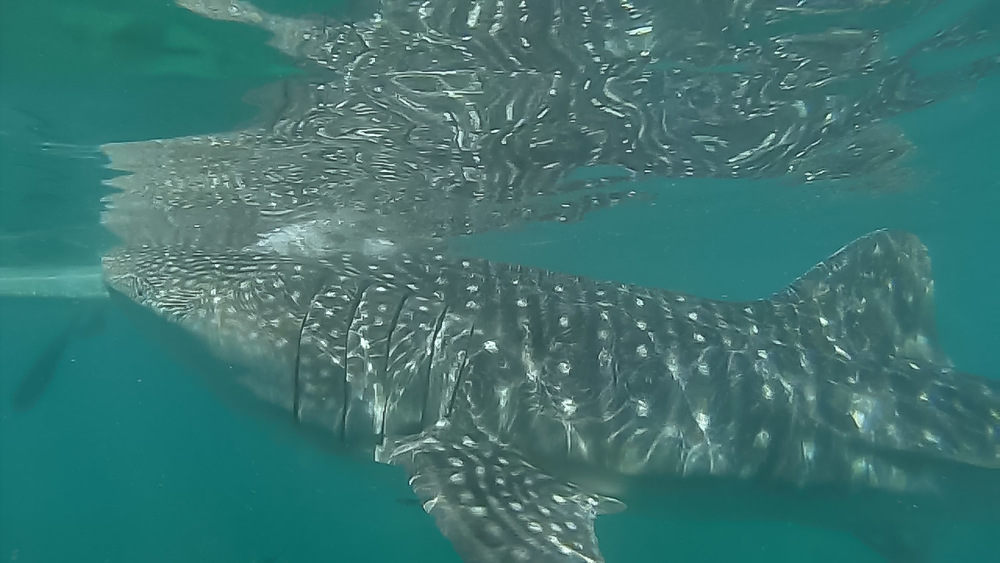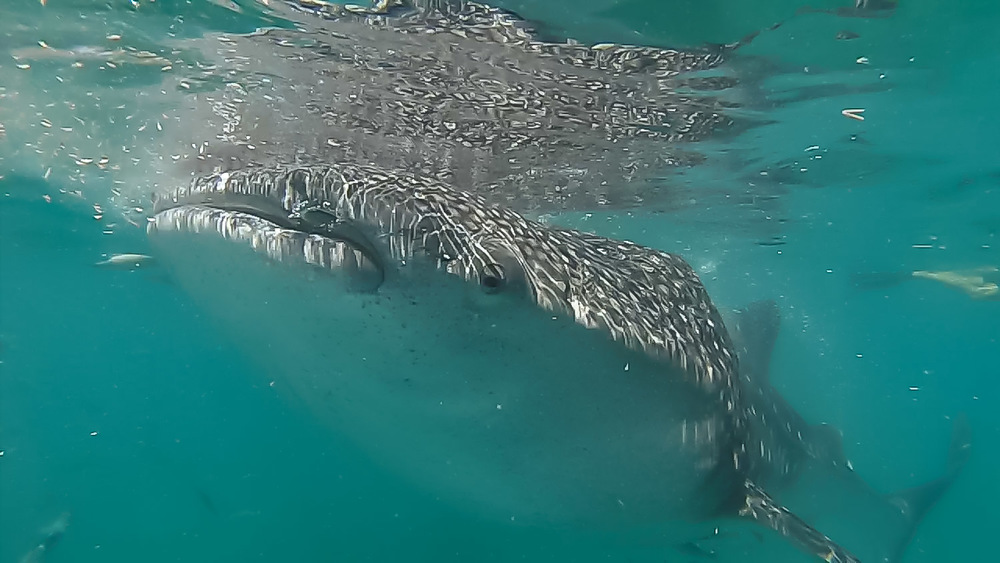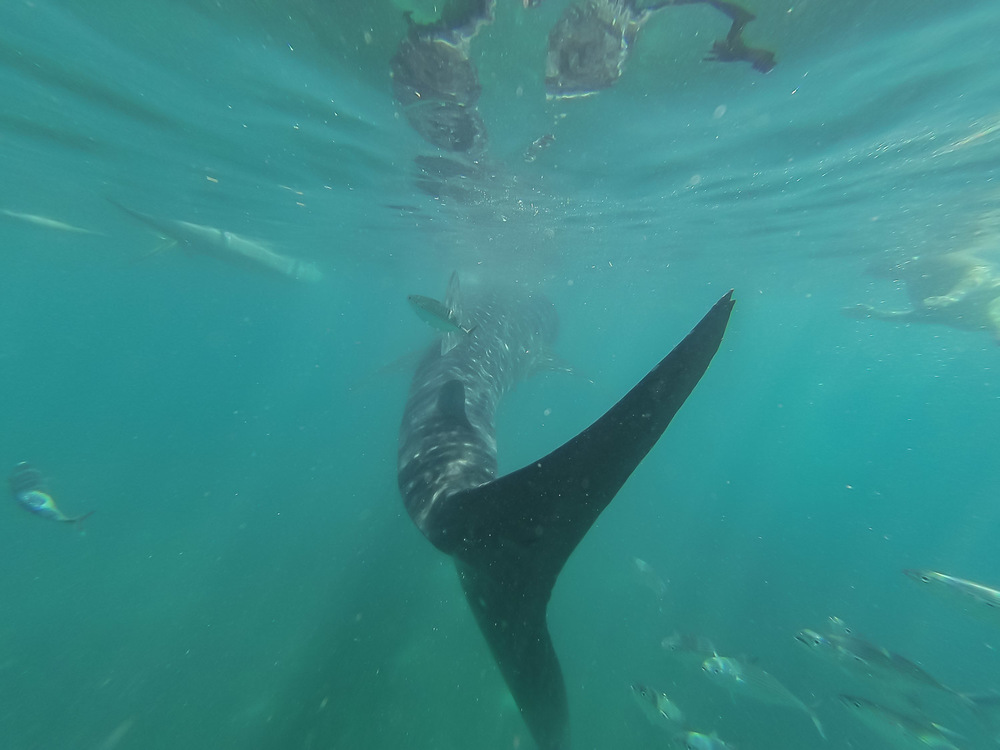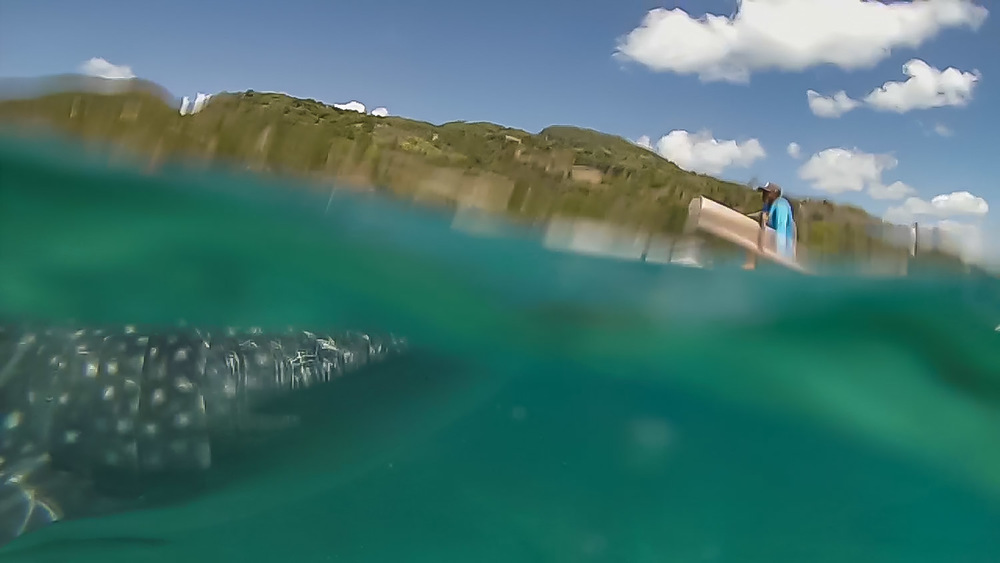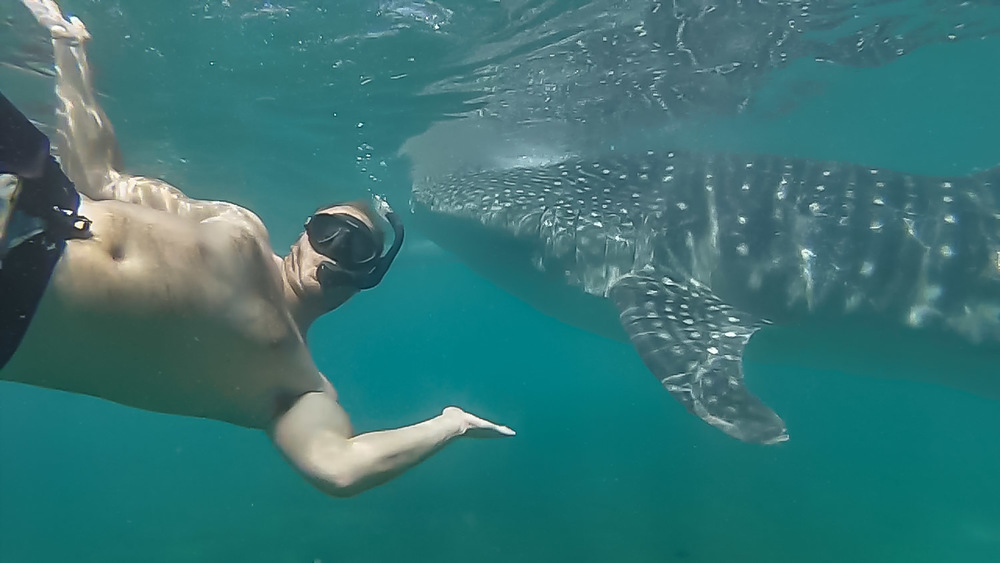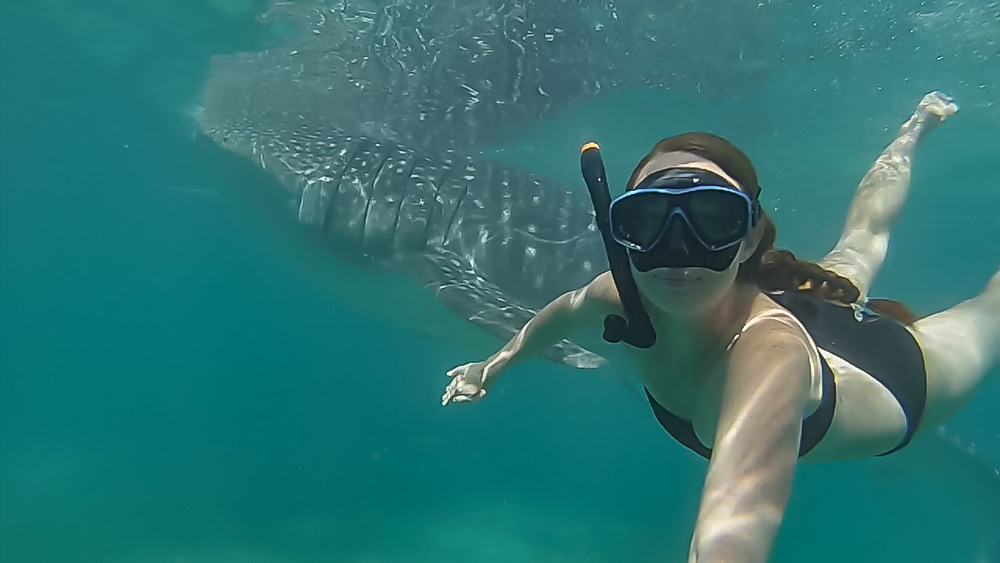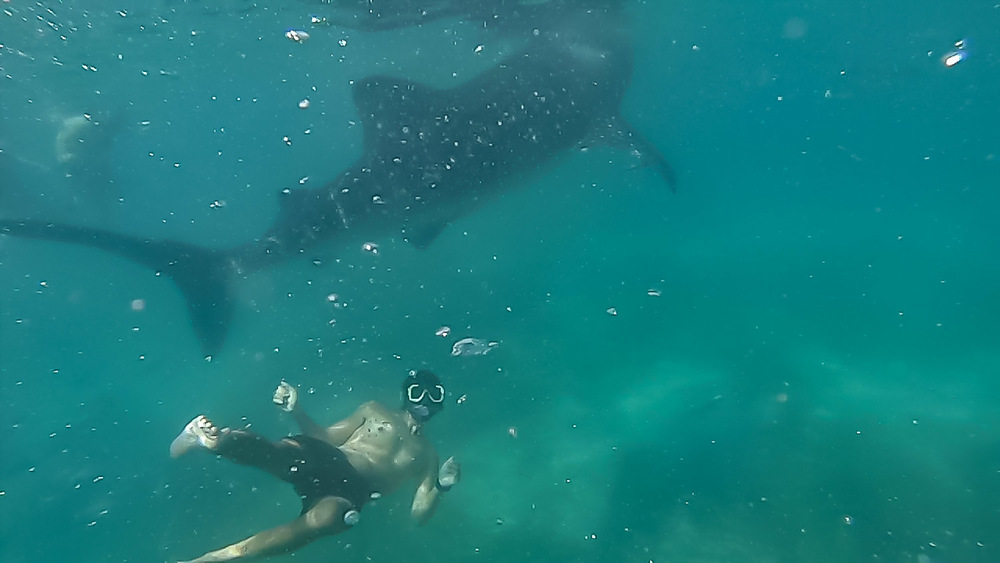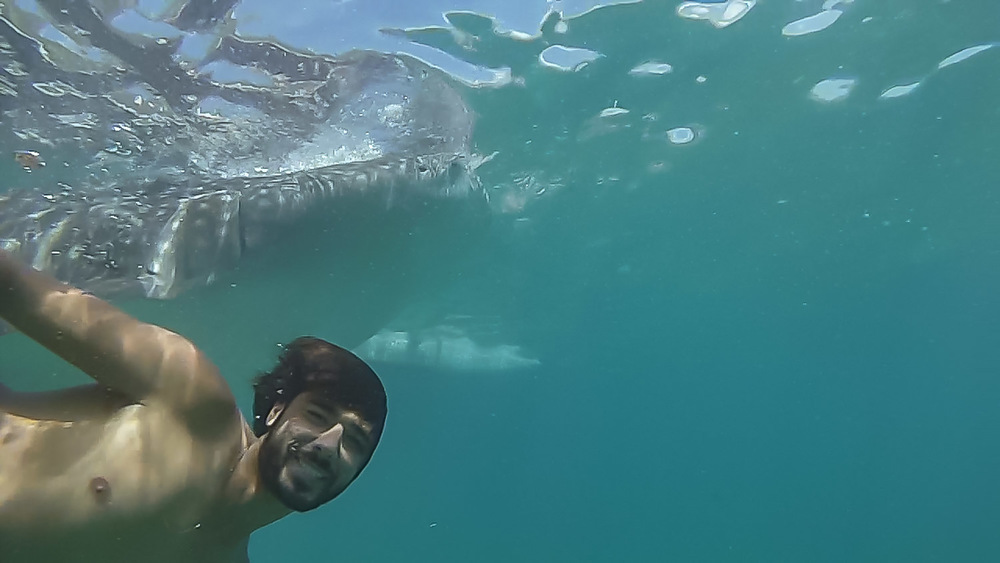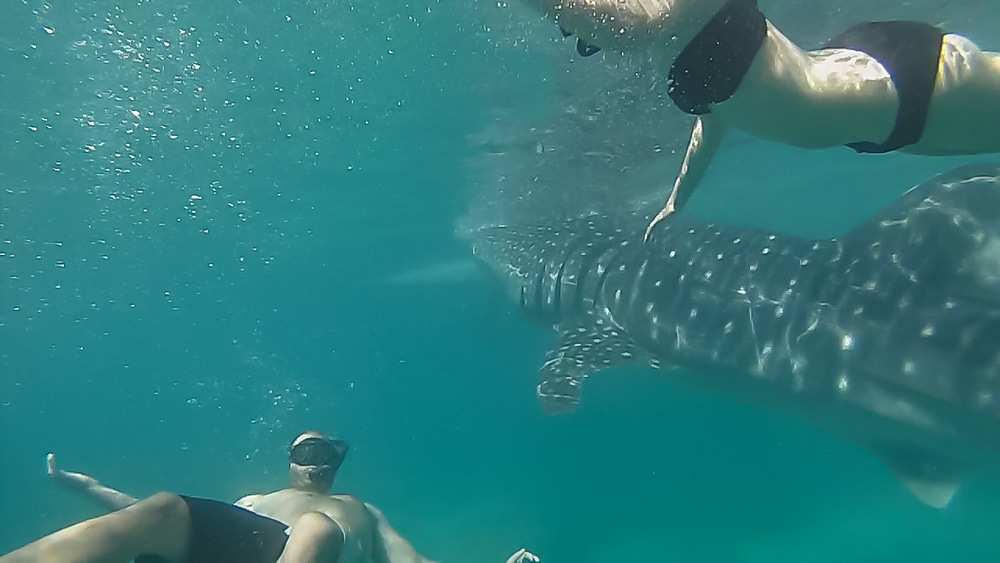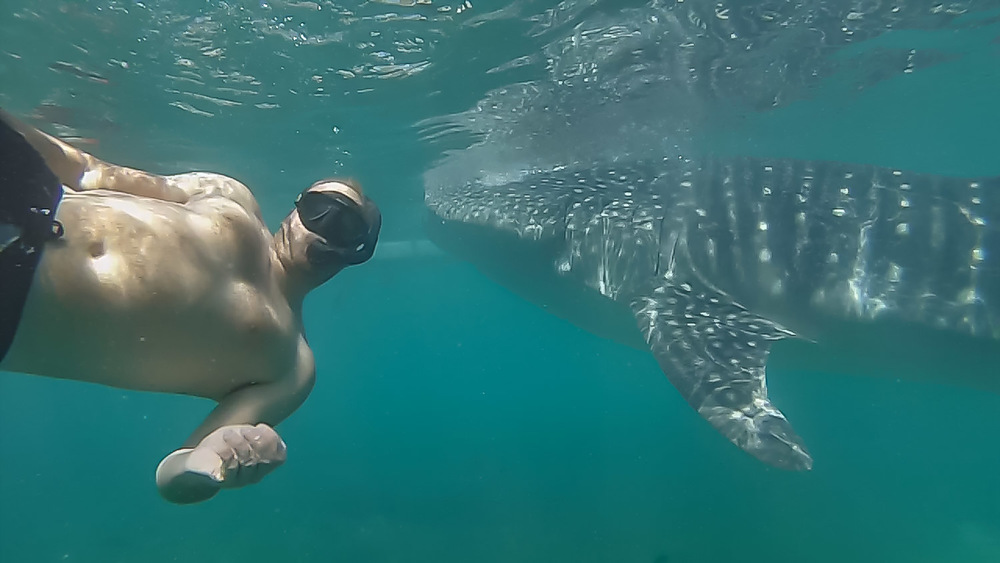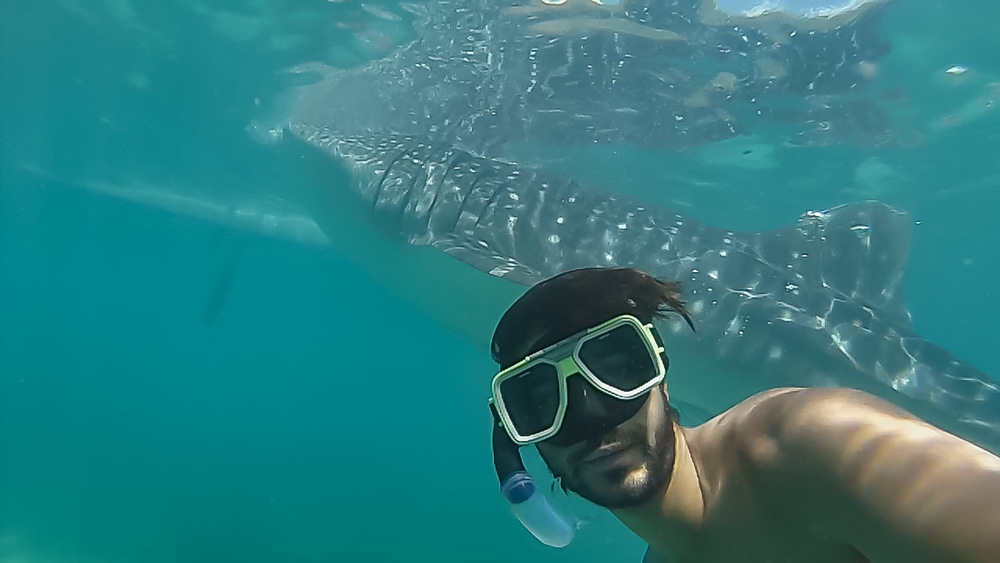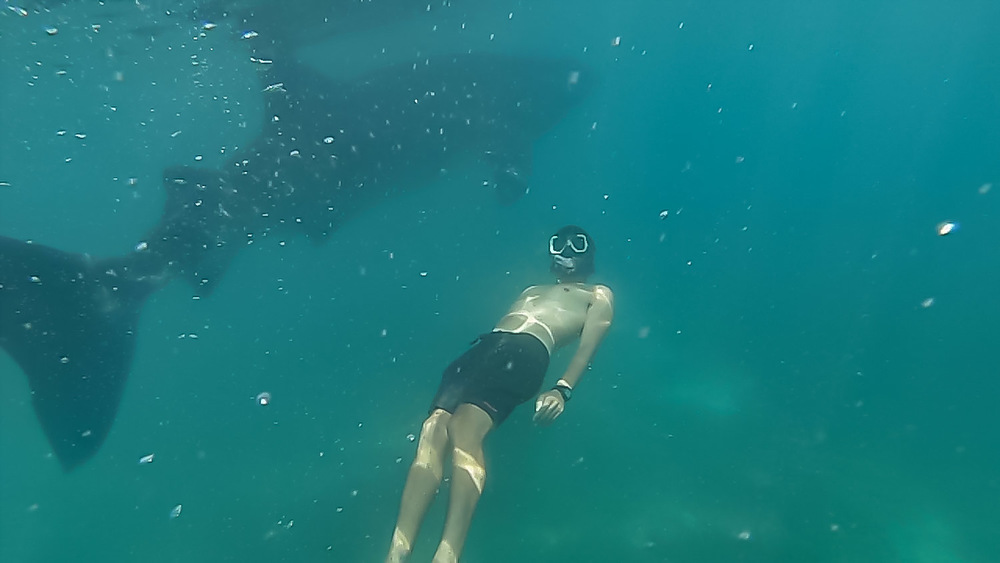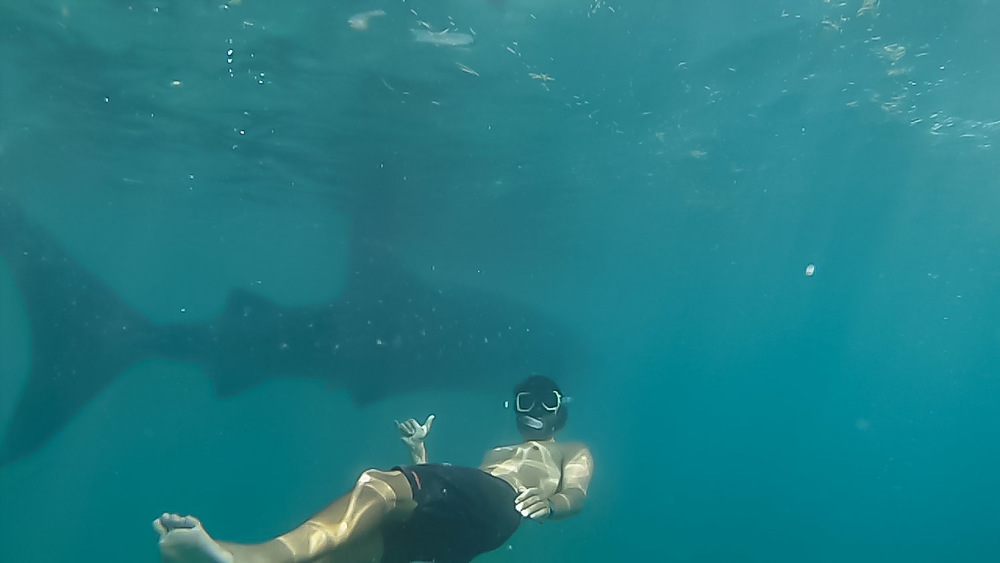I have a love/hate relationship with blogging.
On one hand, I love to write, to capture memories, stretch my mental muscles, exercise creativity, and - perhaps most of all - share experiences with other people.
But on the other hand, it's often a struggle for me to put something personal out into the public sphere, leaving it open to criticism and, even worse, judgement.
Not to mention, it has been difficult enough to find time to write within this travel-lifestyle of constantly moving and usually needing to use free time for planning our next move.
When I post something, I want it to feel right, that is, to feel finished. Like something I'm content or even proud to put my name on.
To confess, I have at least 15 posts that are half-written, waiting to be completed, edited and sent out into the digital world.
This foray into blogging has been fun, although scary at times, and I've started to look at daily bloggers through a new, more appreciative lens. While I'd love to continue a blog as a side project after this trip ends, I'm not sure I could commit to being open in the way a blog would need, or deserve, in order to be successful, i.e. consistently read and worth reading.
And then that brings me to the obvious question: who is even reading this? Am I writing for my best friends, my peers, or an older audience (read: family members)? When I start to think about it, I have to stop myself and let it go. I know our moms and a few favorite aunts have read every post, liked every photo. Knowing that this blog has made someone else happy or taught someone something is enough.
And yet, I can't help but think twice (okay, twelve times) before clicking "publish."
So, blogging is weird. At least for me. It's just something I've thought about time and time again over the last few months. There isn't much of a point to this post. Then again, maybe there is a point in that. Isn't that the greater argument in blogging after all?
I promise to stop being shy and to start posting some of what's been sitting around gathering digital dust. In the meantime, thanks for reading.
